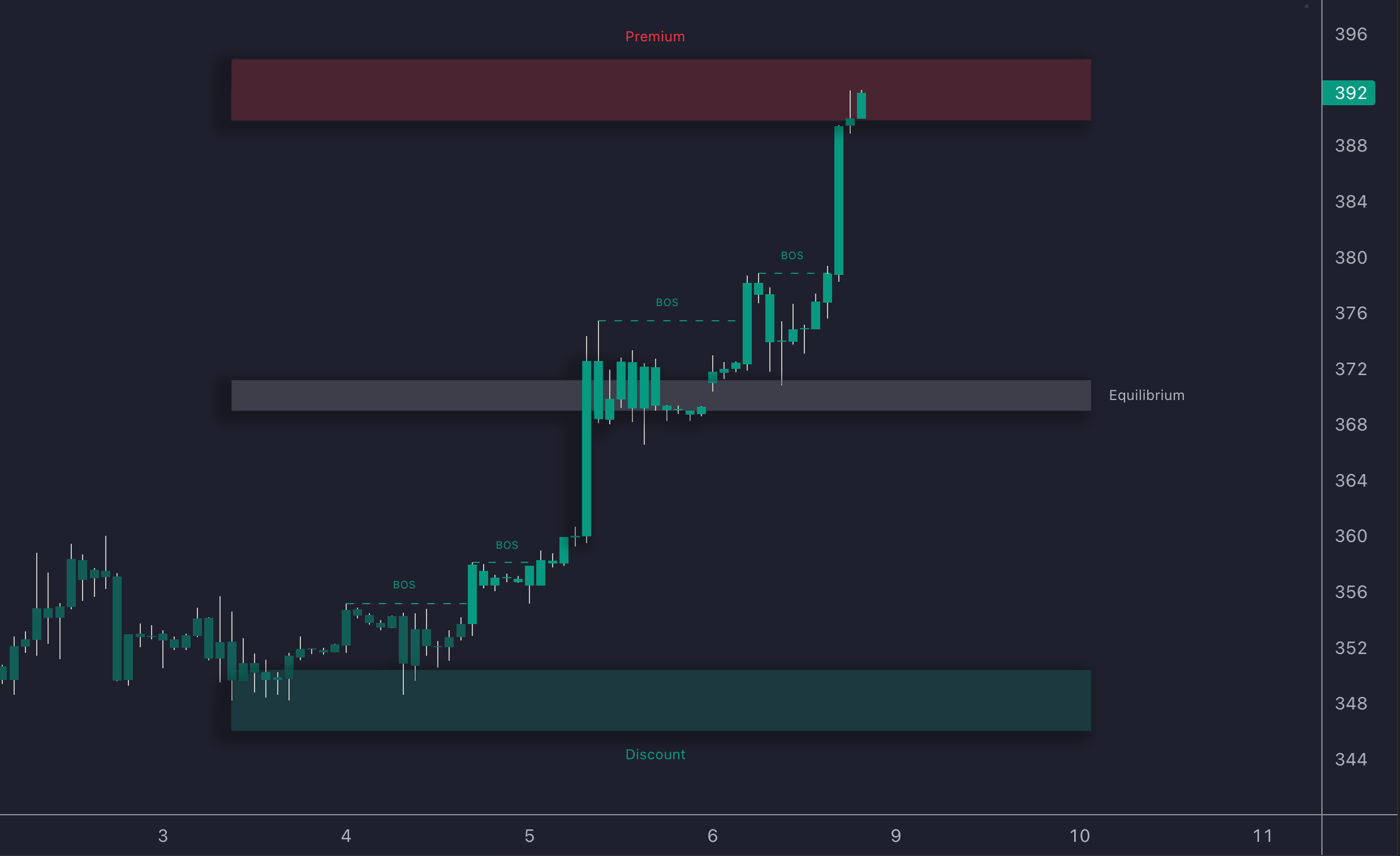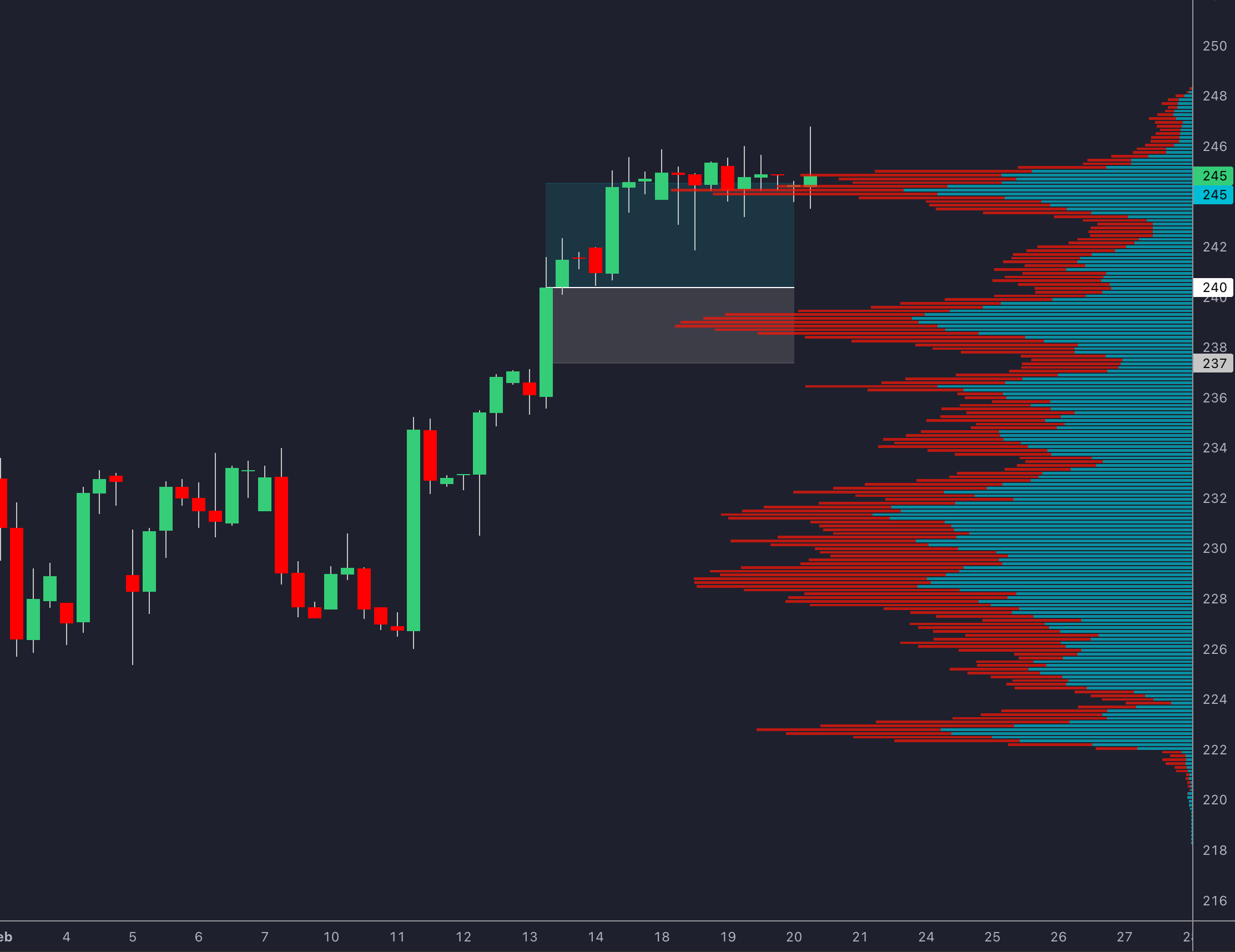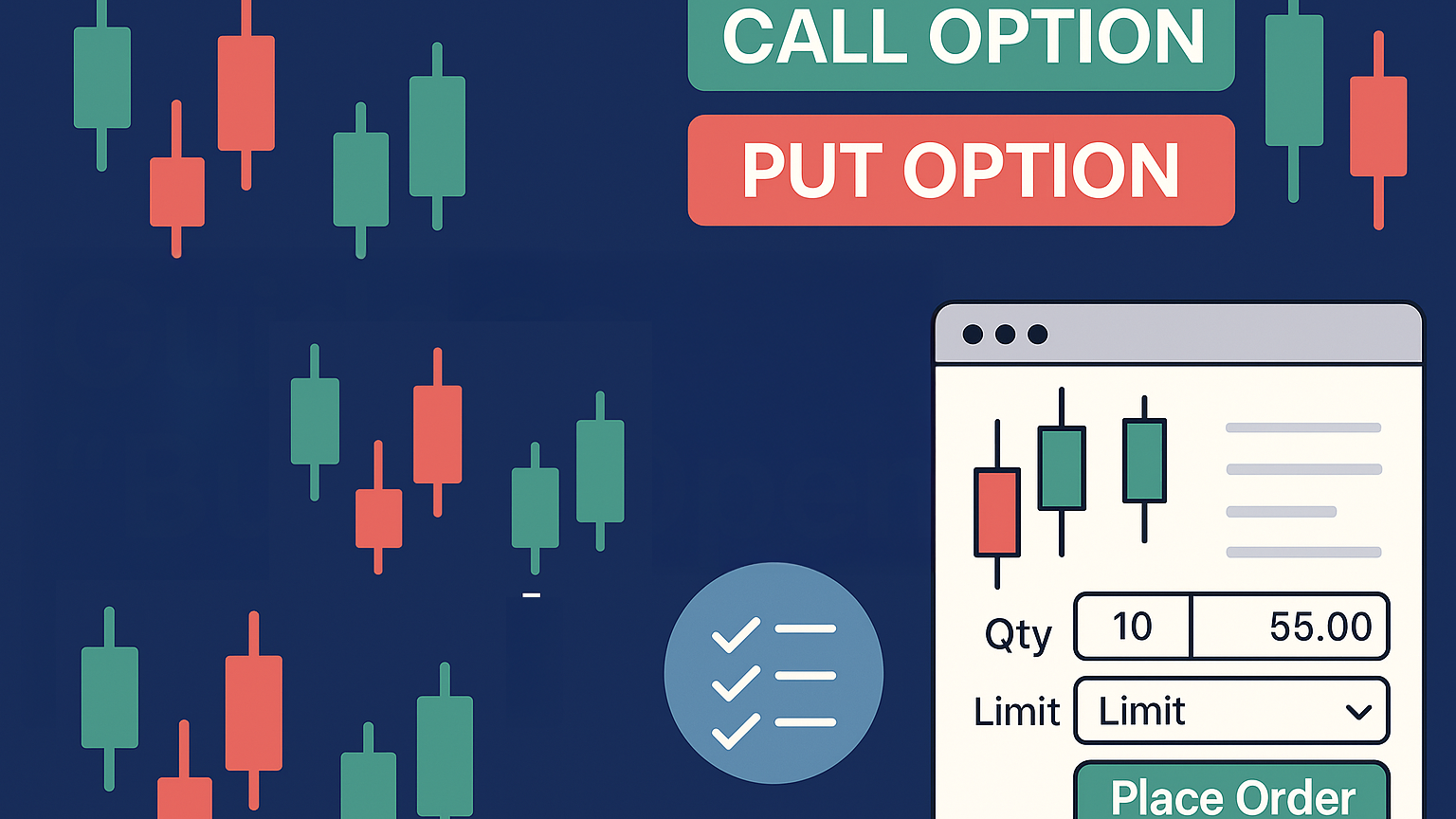Learn how to identify and trade supply and demand zones effectively to enhance your trading strategy and improve risk management.
Supply and demand zones are key areas on price charts that show where significant buying or selling activity has occurred. Traders use these zones to identify potential price reversals, improve risk management, and spot high-probability trades. Here's what you need to know:
- Supply Zones: Areas where selling pressure led to sharp price drops.
- Demand Zones: Areas where buying pressure caused price increases.
- Why They're Useful: They reveal institutional activity, outperform traditional support/resistance levels (68% success rate per a 2024 study), and help with precise trade entries.
- How to Spot Them: Look for sharp price movements, volume spikes, and price consolidations before reversals.
- Best Timeframes: Use daily/weekly charts for major zones and 4-hour/1-hour charts for refining entries.
Understanding these zones can enhance your trading strategy by combining them with tools like volume analysis and moving averages while avoiding common mistakes like drawing zones too broadly or misaligning timeframes.
3 Strategies to Identify & Trade Supply and Demand Zones
Finding Zones on Price Charts
Now that we’ve covered how supply and demand zones differ from support and resistance, let’s dive into how these zones look on price charts.
Spotting Supply Zones
Supply zones form when selling pressure takes over after a strong upward move. Here’s what to watch for:
- Sharp price declines following an upward move, often after a period of consolidation.
- Noticeable spikes in trading volume during price reversals [3].
- Failed attempts to break above previous highs.
Spotting Demand Zones
Demand zones highlight areas where strong buying pressure occurs. Look for these signs:

| Characteristic | What to Look For |
|---|---|
| Price Action | Quick bounces from lower levels |
| Volume | Higher trading volume at reversals |
| Pattern | Aggressive buying after a decline |
| Consolidation | Tight price ranges before a rally |
Example: Gold’s rally from $1,700 to $1,750 [4].
Best Timeframe Selection
Using multiple timeframes can help you pinpoint zones more effectively:
- Daily and Weekly Charts: Ideal for identifying major zones where institutional activity often creates areas tested multiple times [3].
- 4-Hour and 1-Hour Charts: Useful for refining entry points and tracking intraday price reactions. Forex traders, for instance, often pair daily charts for spotting zones with 1-hour charts to time entries [6].
The best zones tend to show consistent price reactions across different timeframes and are often formed with above-average volume [3][6]. By combining timeframes, you can filter out false signals and gain a more complete view of the market.
Trading with Supply and Demand
Once you've pinpointed high-probability zones (as discussed earlier), it's time to focus on how to execute trades effectively.
When to Enter Trades
The best trade entries happen when the price revisits a clearly defined zone and shows confirmation signals. Here are three common approaches:
- Aggressive Entry: Enter on the first touch of the zone, especially if there's a volume spike. This carries higher risk.
- Conservative Entry: Wait for the zone to be retested and look for confirmation through price action patterns.
- Breakout Entry: Trade when the price breaches the zone with strong momentum.
Setting Stop Losses and Targets
Managing your risk is key to staying consistent in trading. It protects your capital while making the most of high-probability setups, as highlighted in the CME Group study [6].
Stop Loss Placement:
- Place your stop just beyond the farthest price point of the zone.
- Factor in typical market volatility to avoid being stopped out prematurely.
- Limit your risk to no more than 1-2% of your total account balance per trade.
Profit Targets:
- Aim for previous swing highs or lows, or nearby zones.
- Stick to a risk-reward ratio of at least 1:2.
- Use multi-timeframe analysis to align your targets with the zone hierarchy [3].
Adding Other Technical Tools
To strengthen your trade setups, consider combining supply and demand zones with other technical tools (explored further in the Technical Tools section).
Volume Analysis:
- Watch for volume spikes during the creation of a zone. This can indicate stronger levels of interest.
Moving Averages:
- Check if zones align with moving averages, such as the 50-period moving average, to confirm the trend.
- Look for overlaps between zones and major moving averages for added confidence [6].
Top Mistakes to Avoid
Once you've learned about entry strategies and risk management, it's crucial to steer clear of common errors that can undermine your progress. Recognizing these mistakes can help improve your trading outcomes and safeguard your capital. These missteps are closely tied to the concepts of entry timing and risk management covered earlier.
Drawing Zones Too Broadly
A common error among traders is creating zones that are too wide, which compromises precision. Broad zones make it harder to accurately determine entry and exit points, often leading to poor risk control.
Here’s how to refine your zone drawing:
- Focus on the candles that appear right before sharp price reversals [1][3].
- Identify strong price movements that signal clear supply or demand levels [3].
Misaligned Timeframes
Using one timeframe to identify trading zones and another to execute trades can create conflicting signals. This mismatch often results in entering trades too early or exiting too late.
To avoid this, analyze multiple timeframes and look for overlapping zones. Zones that align across different timeframes are typically more reliable and present stronger trading opportunities [1][2].
Over-Reliance on Tools
While automated zone detection resources can be useful, depending too heavily on them can hurt your performance.
Use these resources for initial scans, but always confirm zones manually by analyzing price action and volume. Stick to a consistent approach for identifying zones [1][4]. Keep in mind that successful trading combines technical resources with your own judgment.
Technical Tools for Zone Analysis
Using resources wisely can improve your analysis, but relying on them too much can be risky. Here are some that can enhance your zone analysis when used effectively:
Zone Detection Software
The LuxAlgo Price Action Concepts service is designed to help traders spot supply and demand zones. It offers features like automatic order block detection and multi-timeframe analysis [3]. Key features include:
- Automatic detection of order blocks and price gaps
- Customizable parameters for defining zones
- Integration with other indicators

Volume Analysis Tools
Volume profile analysis is a powerful complement to zone detection. It provides a visual representation of trading activity at specific price levels, helping to validate the strength of identified zones [5]. Key insights include:

- High-Volume Nodes: These show price levels with heavy trading activity.
- Volume Distribution: Sudden shifts in trading volume near zone boundaries can signal critical levels.
- Price Divergence: Using momentum indicators like RSI or MACD can confirm the validity of a zone [7][4].
Testing with LuxAlgo AI
The LuxAlgo AI Backtesting Assistant provides a powerful resource for quickly validating trading strategies. It processes up to 10 years of historical data across multiple timeframes in just minutes [6]. Traders can use it to:

- Automate the testing of strategies based on supply and demand zones
- Fine-tune entry and exit points using historical data
- Evaluate performance metrics such as win rates and drawdowns
- Simulate how strategies perform under different market conditions
While these resources are valuable, they should act as a supplement to your technical knowledge, not a replacement. Successful trading combines the right resources with solid risk management and discipline.
Summary
Main Points
Supply and demand zones offer practical insights into how markets behave. Supply zones represent areas with concentrated selling, while demand zones highlight areas of strong buying activity [1][3]. This trading approach ties closely to the institutional strategies discussed earlier.
Accurate identification is crucial for effective zone trading. The methods outlined earlier, including identification techniques and timeframe strategies, form the backbone of this process.
Getting Started
If you're ready to incorporate supply and demand zone analysis into your trading, here’s how to begin:
- Study historical charts to spot recurring reversal patterns. This helps sharpen your ability to recognize patterns within real market scenarios.
- Fine-tune your zone identification by practicing with demo accounts and backtesting. Pay attention to:
- How accurately zones are identified
- How different market conditions influence these zones
- Set strict stop-loss levels just outside the zone boundaries [8].
This structured approach helps you build confidence and improve your trading strategy over time.
FAQs
Here are answers to some common questions, expanding on key ideas from earlier sections:
How can you identify a trading zone?
Trading zones are spotted by analyzing key price movements and using technical resources. The most effective approach is to observe areas where the price has made noticeable moves following periods of consolidation [3]. Pay attention to:
- Strong rejection candles or engulfing patterns across multiple timeframes that align with earlier price action discussions.
- Zones where the price has stalled or reversed sharply, indicating potential trading zones.
Which indicators work best for finding supply and demand zones?
No single resource can do it all, but combining tools gives better results. As mentioned in the section on Technical Tools for Zone Analysis, consider these:
- Volume Profile to identify high-volume areas.
- Fibonacci retracements paired with price action patterns to refine your analysis.
How do you locate supply and demand zones in forex?
To pinpoint these zones in forex, focus on:
- Areas where the price has stalled or reversed sharply.
- Round-number levels, such as 1.3000 on EUR/USD, which often attract significant activity.
In forex markets, supply zones frequently form where institutional trading happens. Regular daily reviews are essential due to constant liquidity changes [1][3].






